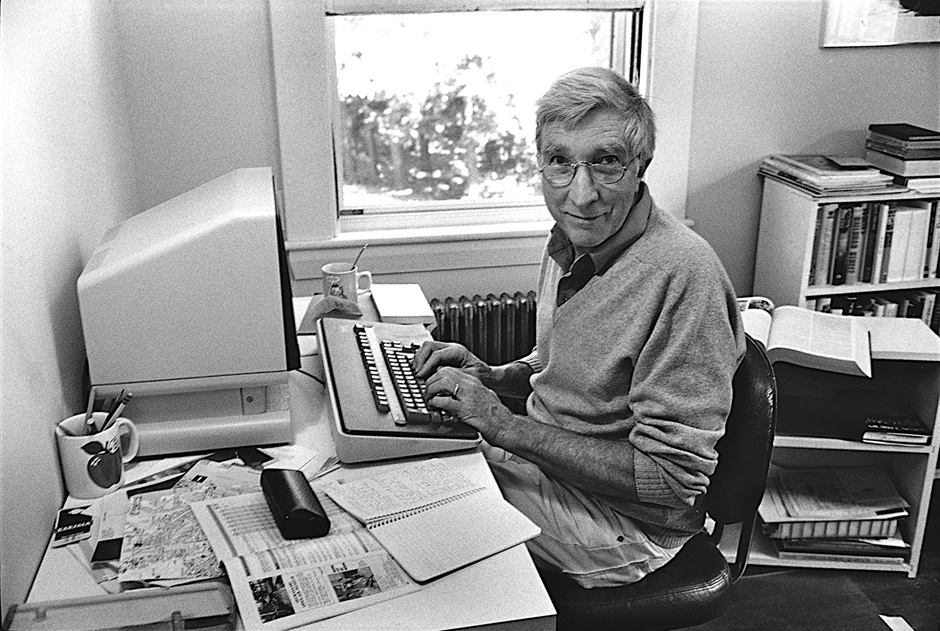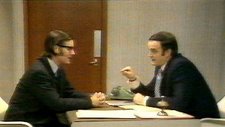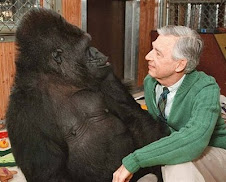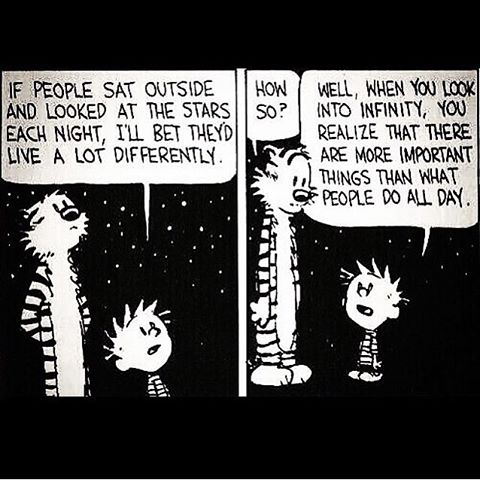But Middle Tennessee baseball fanatics age 60 and older cherish memories of a creaking, wooden grandstand and a sunken field with a ridiculously short right field fence that claimed this spot for nearly a century, the historic and no-so hallowed ball park known notoriously and affectionately as Sulphur Dell.
Historians believe the first baseball game may have been played here in 1862, possibly by Yankee soldiers occupying Nashville during the Civil War. The first organized game took place Sept. 11, 1866, when the Flynns beat the Burns 25-16.
For 78 years pro baseball survived at this site, originally called Sulphur Springs Bottom, beside a sulphur spring around which the city of Nashville grew and prospered. In 1908 legendary Tennessean sportswriter Grantland Rice, a Murfreesboro native, nicknamed the ballpark Sulphur Dell. The name stuck, while at times the park stunk.
With the city dump smoldering nearby, there were occasions when fans inhaled the mixed aromas of popcorn, peanuts and burning mattresses. The field lay some 20 to 30 feet below the street level outside the park, thus it was ripe for flooding from the Cumberland River after heavy rains. And with its hills in the outfield and being but 262 feet from home plate to the right field foul pole, managers of visiting teams were known to quip, "who the hell can play baseball in a telephone booth."
No wonder it garnered such derogatory nicknames as "Suffer Hell" and "the Dump."
The Sounds' new stadium at 401 Jackson Street, a half mile north of the state capitol near Bicentennial Capitol Mall State Park, need not fear such disdain. There be no hills in front of the fences, and the right field line measures 310 feet at the fence. With 8,500 fixed seats and lots of extras, First Tennessee Park likely will allow Sounds fans to quickly forget, alas, poor Greer Stadium.
(The Sounds, by the way, members of the Triple A Pacific Coast League, are now affiliated with the Oakland Athletics, and the first home game is sold out.)
Local baseball historian Skip Nipper, author of Baseball in Nashville: Images of Baseball(Arcadia Publishing, $19.99), laments the death of Sulphur Dell, which saw its last professional game in 1963. However, he was elated when he heard that the city of Nashville would move the game back to where it began.
"I had been going to Greer Stadium since 1978. In 30 years it had become sort of dilapidated and out of date. I always thought Nashville deserved better," said Nipper, who claims Mt. Juliet as his home base. "I think the new site is excellent with its tradition and history. There's a lot of baseball DNA in the dirt out there.
"The configuration of right field in the new ballpark will overlap some portion of the old right field. I think that's special," said the retired sales representative for New Era baseball caps.
Nipper cannot recollect the date of his first visit to Sulphur Dell, but his memory is vivid.
"We sat down the right field line in the grandstand because Dad wanted to sit close to right field; he wanted me to see that right field and watch the right fielder and have a ball come off of that wall some times. The only other memory I really have is my grandfather not letting me getting anything to eat until seventh-inning stretch. He wanted me to watch the game, to learn the game," said the East Nashville native, a graduate of Stratford High School who played baseball up to age 18 in the local Connie Mack League.
His decision to compile a book with 85 photos that help tell the 150-year history of Nashville baseball came by happenstance. In 2002, he and his father attended a baseball game at Chicago's Wrigley Field, historic home of the Cubs.
"On the plane coming home, Dad said how much it reminded him of Sulphur Dell. I got on the Internet but couldn't find anything about Sulphur Dell," recalled Nipper.
He then purchased an Internet web site template and began his research. One of his best sources proved to be the Metro Nashville Archives in Green Hills where he found photos of Sulphur Dell as well as a mother lode of baseball stories from local newspapers on microfilm.
"My dad knew Nashville Banner sportswriter Edgar Allen and some of the group at the Nashville Old Timers Baseball Association. I started gathering photos, oral biographies, newspaper clippings. SABR, the Society of American Baseball Research, had databases with stats on players, plus publications."
By September 2003, Nipper had loaded much of the history of Nashville baseball and of Sulphur Dell ballpark on his web site. Three years later he set up a booth with Sulphur Dell memorabilia at Nashville's Oktoberfest, and a number of Nashvillians stopped to chat and share stories about watching games at Sulphur Dell with their fathers or grandfathers.
"People would come up to me and say, 'I remember my dad took me there' or 'I saw Carl Sawatski hit a home run.' Then I would say, 'I have this web site.' They told me, 'People that remember Sulphur Dell don't know the Internet.' So I thought of a book."
His tome covers numerous unorthodox situations at the park, but Sulphur Dell's skimpy right field takes the cake.
"The right field line was only 262 feet from home plate, and it was a low-lying area so if the right fielder was standing at the base of the fence, he was 22½ feet above the playing surface," Nipper shared.
"The hill began at about 235-240 feet. It was almost a 45-degree incline. Often reporters would call the outfielders 'mountain goats' as there was a porch carved out there about halfway up the hill where the outfielder would stand. It was a six-foot shelf where he could stand and be ready for a ball headed for the fence or come down the hill to field the ball.
"I heard Buster Boguskie [a former Nashville Vol who played at Sulphur Dell] saying a line drive would be hit to the base of the right field fence, and he would field it at second base as it caromed off the fence and throw out the runner at first base."
A couple of other idiosyncrasies inside the park were a scoreboard in left center, similar to the Brooklyn Dodgers' scoreboard at Ebbett's Field, that was part of the playing field as was the flag pole in deep centerfield.
Going back to the beginning, Nipper notes that the playing field in the 1860s was known as Sulphur Springs Bottom and used by locals as a recreation area. Construction began in 1884 on a new grandstand called Athletic Park, and the first professional baseball game occurred March 30, 1885, when Nashville played an exhibition game against Indianapolis.
"From 1885 to the late 1890s Nashville had a team in the Southern League and played at Athletic Park. In 1901 they became a part of the Southern Association for 61 years. In 1927 the ballpark was turned around so the sun would not be in the batter's eyes and from then until the 1950s very few changes were made," said Nipper.
As for sportswriter Rice's inspiration of renaming the location from Sulphur Bottom to Sulphur Dell, historian Nipped reports, "He wrote about it in rhyme, and Nashville Bannersportswriter Fred Russell saw the article and eluded to the fact that Rice couldn't find anything to rhyme with 'bottom.' A dell is kind of a low-lying grassy area and a one-word description. So Rice came up with Sulphur Dell."
Nipper quickly gives a rundown on some of the most famous boys of summer who played for Nashville teams when they were known as the Vols.
"Two Hall of Famers played part of their career at Sulphur Dell: Kiki Cuyler, an outfielder for the Nashville Vols in the early1920s, who later played with the Pirates and Reds, and Waite Hoyt, most famous for pitching for the Yankees, who played part of a season here in Nashville.
"Johnny Vander Meer, who pitched two consecutive no-hitters in the majors, played part of a season here. He came to Nashville because he had a bad arm and there was a doctor in town famous for helping athletes with injuries."
Jim "Dusty" Rhodes, who played for the Vols in 1951 and 1952, went to the majors and became the most valuable player when the New York Giants won the 1954 World Series.
He also notes that Carl Sawatski, who played here in 1949, was famous for hitting some of the most prodigious home runs in any park in the Southern Association. While Bob Lennon hit 64 homeruns for the Vols in 1954 with 42 coming at Sulphur Dell.
(Nipper reports that the right field fence rose 16 feet, and above it stretched 30 more feet of wire or netting, thus a left-handed hitter had to swing the bat with an uppercut to knock the ball out of the park.)
Why did professional baseball die at this historic venue after the Vols played their final game here Sept. 8, 1963?
"I think there are a lot of things as a fan that I could put a finger on," Nipper said. "The city limits were expanding, and so people had moved away who used to could walk to the game. Television had some effect. Air conditioning had some effect.
"From the professional side, the major leagues did two things. They started televising the game of the week, so you didn't have to read about your favorite player and major league teams. You could watch them on TV. And Major League teams quit paying some of the stipends that they had been giving to some players and teams."
In 1964 amateur baseball teams played at Sulphur Dell, and in 1965 it became a race track. It was also used in its final few years for circuses, wrestling events and concerts (for the likes of black singers such as James Brown, Stevie Wonder, B.B. King, Dionne Warwick and Sam Cooke, among others).
Near the end the baseball shrine, that once hosted Babe Ruth, Lou Gehrig and other titans of the game, served as a tow-in lot for Metro Nashville.
"In 1969 they just bulldozed everything in, and they used the rubble to fill in the hole after the Andrew Jackson Hotel was torn down," said Nipper about the ignominious disappearance of two Nashville icons.
He notes that 35 stalwarts showed up to watch their beloved ballpark bite the dust.
Thankfully, the dreamers, movers, and shakers behind First Tennessee Park did not forget their city's baseball roots as homages will be paid to the original playing field.
"Outside the stadium there is a greenway where there will be some stanchions. Also on the outside of an outfield wall there will be a big marquee that says, 'Sulphur Dell: Baseball's most historic park.' It will not be the original sign, but that will be a real nice call-out, and inside the stadium they are going to use images of Nashville's baseball history," said the man who knows this story by heart. -Ken Beck










 Charles Darwin (
Charles Darwin (















No comments:
Post a Comment